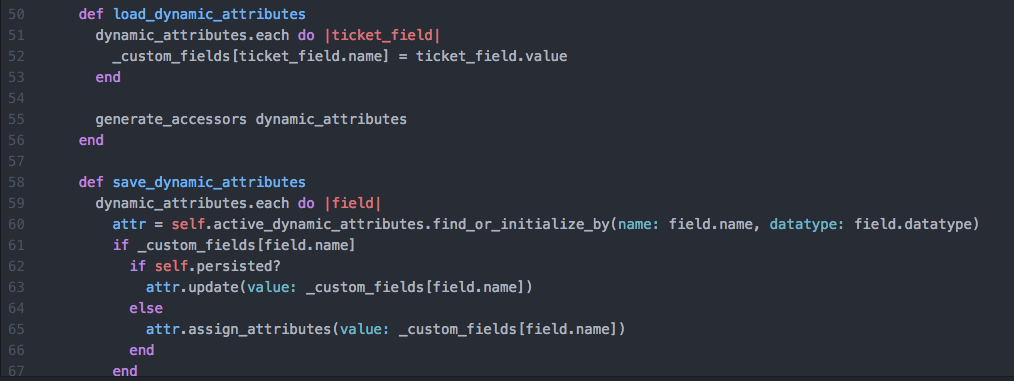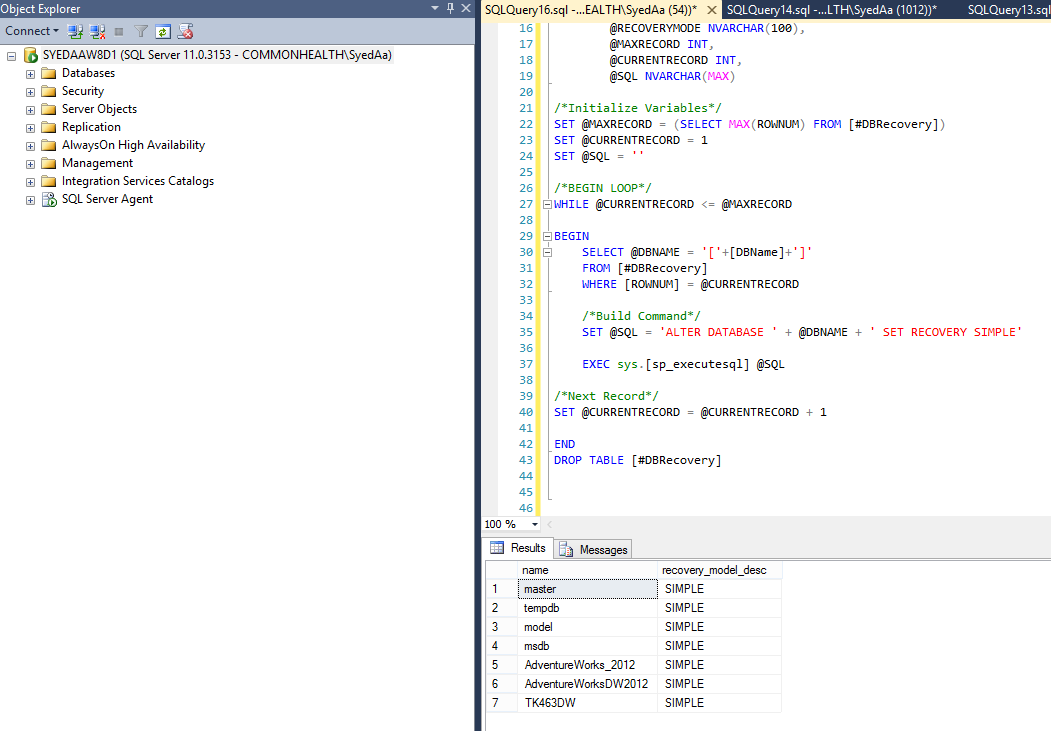Variables in ruby are pass by value not pass by reference some people say that ruby is a pass by reference value language but that s a conversation for another day.
Ruby set variable dynamically.
For each element in the sharks array ruby assigns that element to the local variable shark.
Well most groans are about how they behave when inheritance enters the fray.
Here s how it works.
Ruby on the other hand is a dynamically typed language.
We can then print the element s value using puts.
A range represents an interval which is a set of values with a start and an end.
And of course all of this is done at runtime.
You cannot assign any value to these variables.
It s true they are considered harmful borderline evil.
Ruby determines the data type from the data stored in the variable.
Firstly it means that you do not need to declare a type when creating a variable.
So why the bad rap.
Instead the ruby interpreter looks at the type of value you are assigning to the variable and dynamically works out the variable type.
This has a couple of key advantages.
Class variables in ruby have a bad name.
Ranges may be constructed using the s e and s e literals or with range new.
This is similar to data types in python and to data types in javascript.
Ruby environment variables ruby interpreter uses the following environment variables to control its behavior.
The variable t in the following example can be set to any data type.
To create a variable dynamically one writes a new entry into the global list.
In rlab all the objects are located in a global list.
Here the two variables can be seen under the single heading f.
Ruby arrays are objects and they provide the each method for working with elements.
You won t see for in very often though.
Myusername 10 ruby p enter a variable name x gets.
The env object contains a list of all the current environment variables set.
S myusername myusername s 10.
Template t public struct dynamic var data.
Consider the following example.
They are special variables that have the appearance of local variables but behave like constants.










